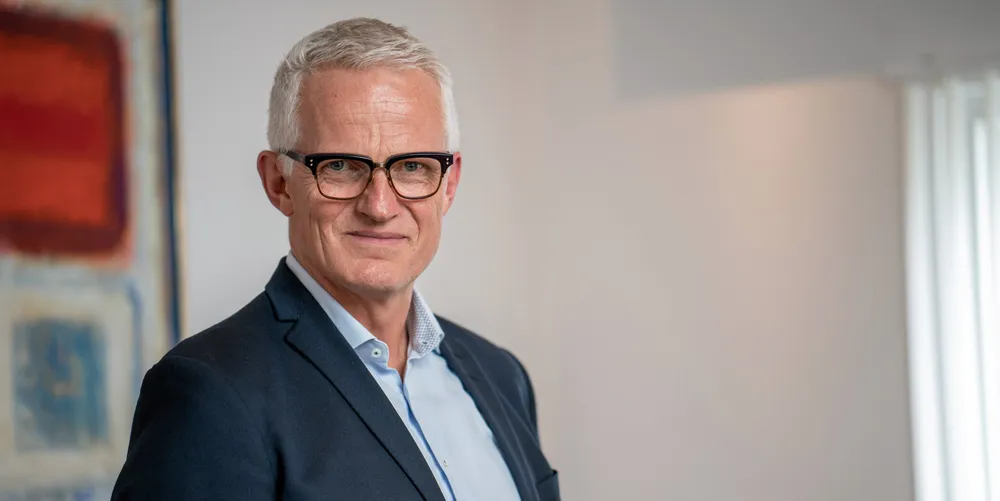Orsted CEO: 'We'll continue to look at walk-away scenario' at US offshore wind projects
Danish utility's possible $2.3bn impairment on three projects was explained by a mixture of supplier delays, interest rate rises and local content complications

Orsted will try to overcome challenges posed by supplier delays, local content, and inflation at its three most advanced US offshore wind projects on their path to a financial close but will “continue to look at a walk-away scenario” to ensure value creation, CEO Mads Nipper said.
The anticipated impairments were part of a review of the 1.1GW Ocean Wind, the 920MW Sunrise, and the 704MW Revolution projects, on which Orsted is working towards taking a final investment decision (FID) at the end of this or early next year.
“We have, of course, looked at the walk-away scenario and we will continue to do so towards an FID,” Nipper said.
“We have not taken final investment decisions on any of these projects … We are progressing there, but we'll continue to look at what the alternative is, or in other words the walk-away scenario.”
Orsted was exposed to a number of adverse impacts such as local content requirements – including the need for Jones Act-compliant installation vessels – “that also come from this being a completely new market,” the CEO said.
The Jones Act forbids foreign-flagged vessels from calling in at consecutive US ports or points on the outer continental shelf, including offshore wind turbine sites. As the US still lacks installation vessels, the sector has to rely on foreign-flagged vessels that must remain at sea and be supplied with components by feeder barges, generally considered a costlier, slower, and riskier solution.
“It is the aggregate of lots of assumptions that at the same time have essentially gone in the wrong direction, including both the ITC [Inflation Reduction Act] assessment and also interest rates which unfortunately have continued to go up.”
While rising interest rates are affecting all offshore wind markets, they are more of a problem in the US as the economic “headroom” in the US projects is lower, Nipper said.
“It is a US challenge,” he said. “The rest of the world is not in impairment territory.”
Foundation makers delay ramp-up
“And unfortunately, that delay means a later commissioning date, including re-mobilising vessels, which is very expensive.”
The company now expects the project to go online in 2026.
“We've been able to work more specifically on mitigation solutions with alternative vessel and barge solutions. [But] the additional costs for that are also significant.”
The supplier delays in turn have affected Orsted’s ability to claim an additional 10% ITC for local content, he explained.
“The local content credits, the additional 10%, right now are simply not possible because the capacity in the US industry is not there,” Nipper said.
“We simply cannot believe that is the intent of the federal government to make well-intended tax credit support systems that nobody can qualify for in the part of the renewable industry that is most challenged.”
Nipper stressed that most of the issues affecting Orsted's US projects "are outside our control". The company was trying to mitigate as much as it could, including through interest rate swaps, but could not influence established contracts with suppliers that face ramp-up delays.
What happened in the US now dates back to the Covid pandemic, the war in Ukraine, as well as interest rates.